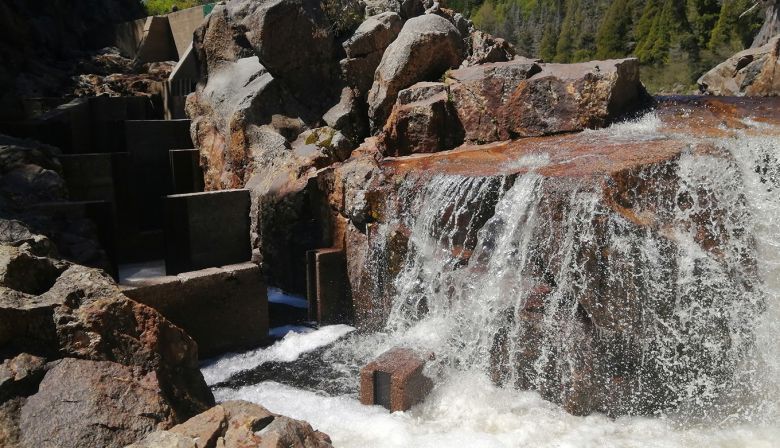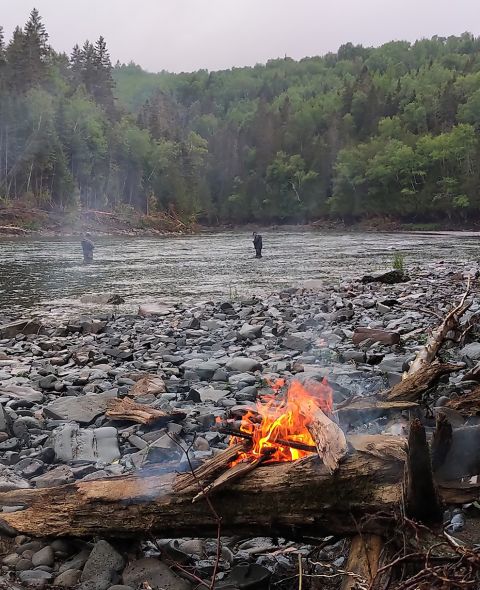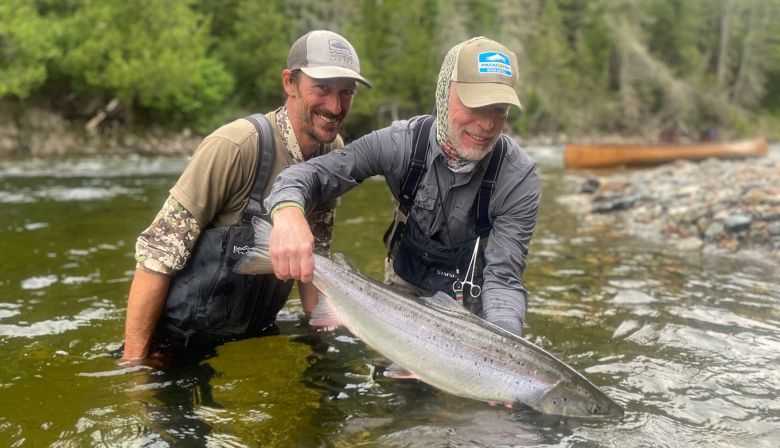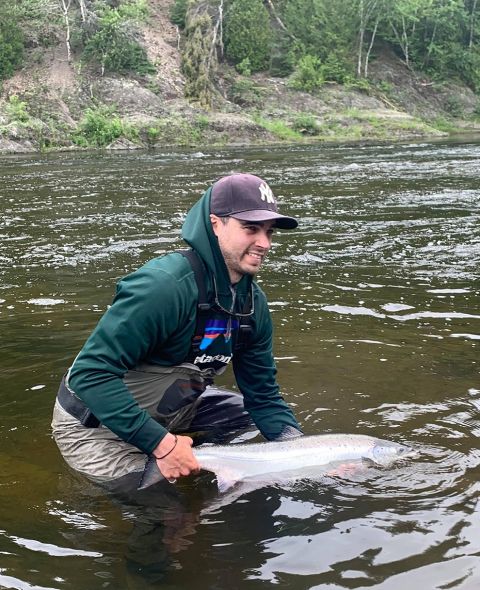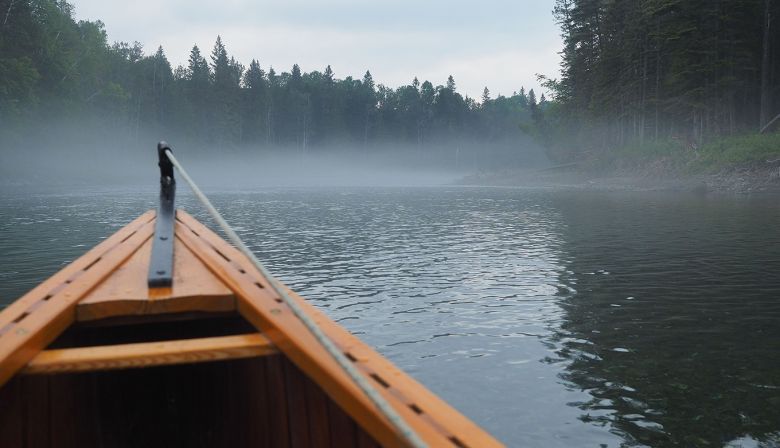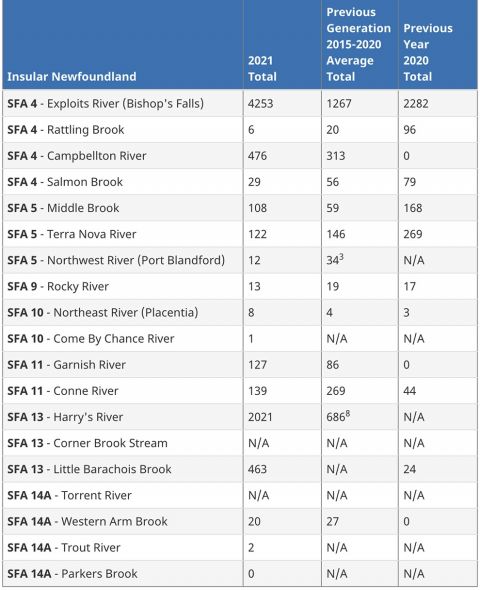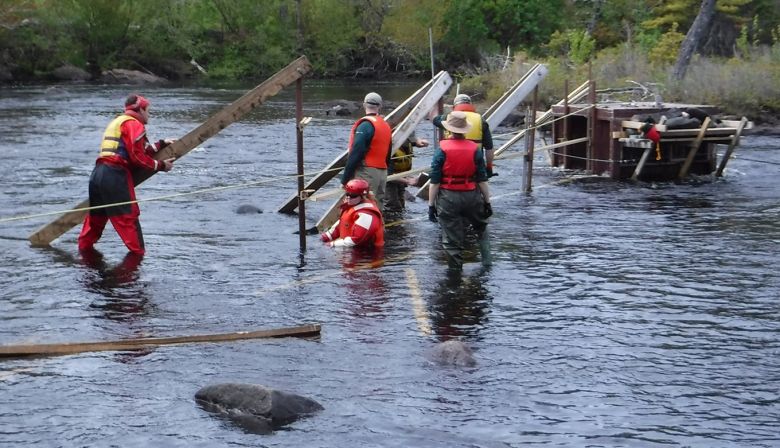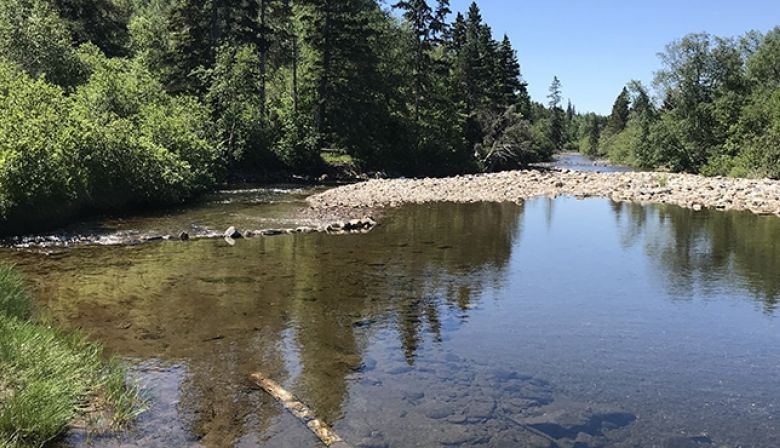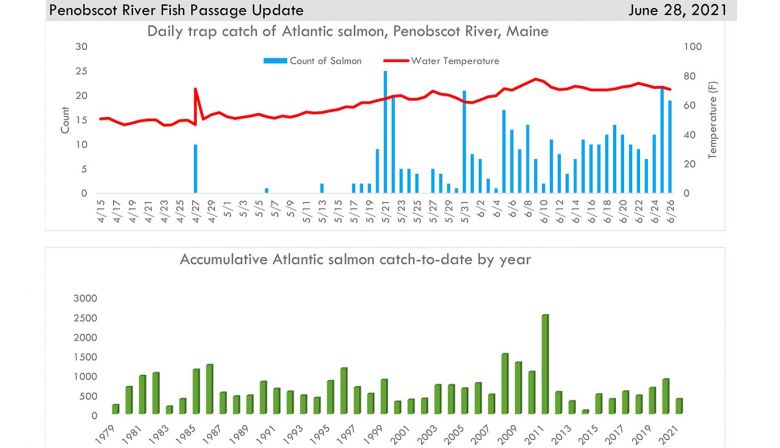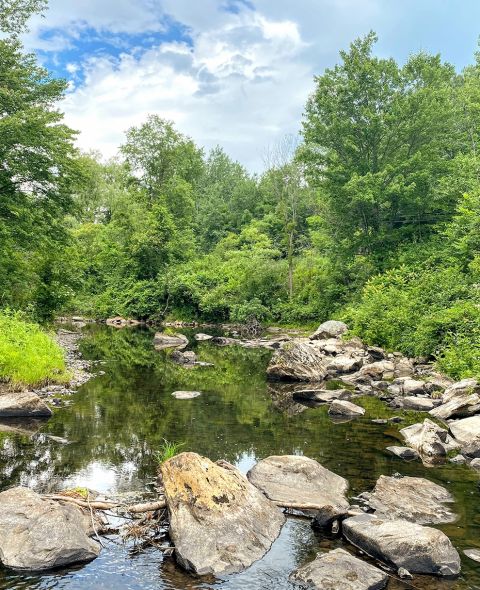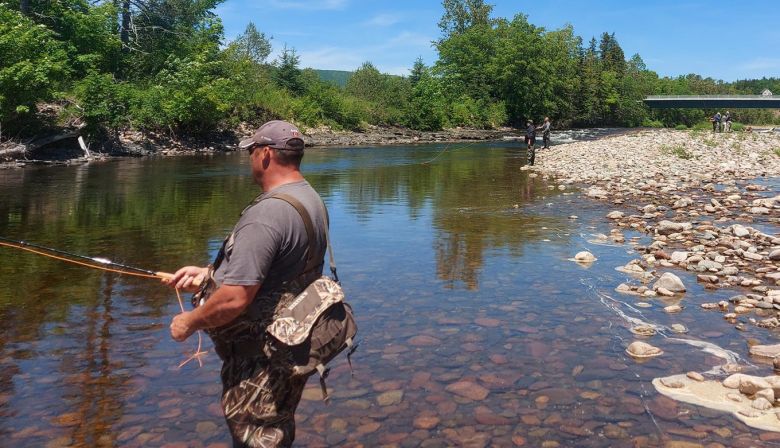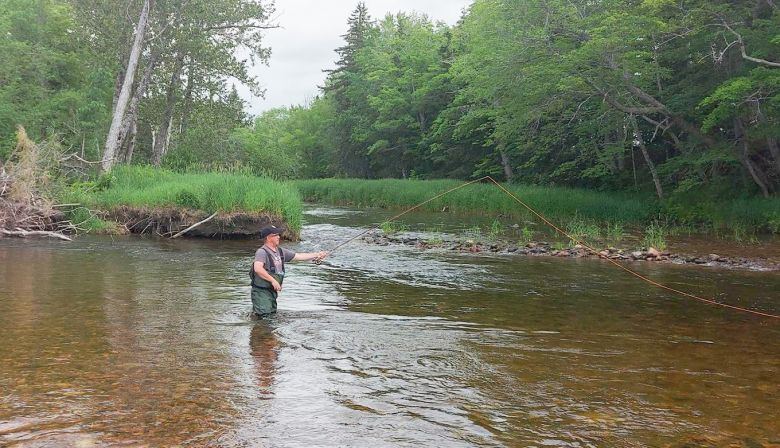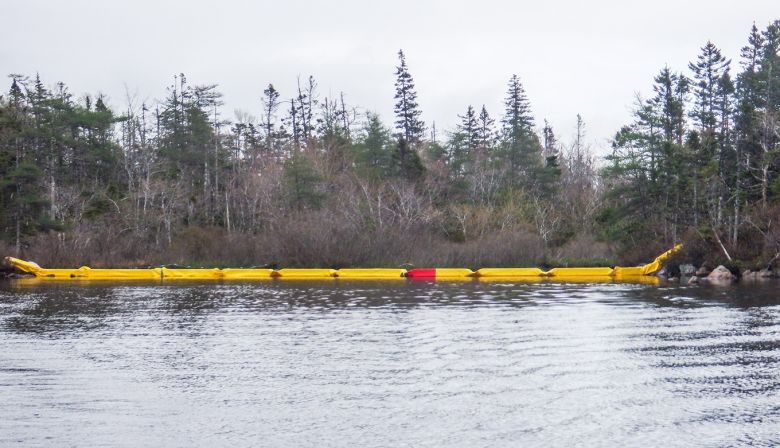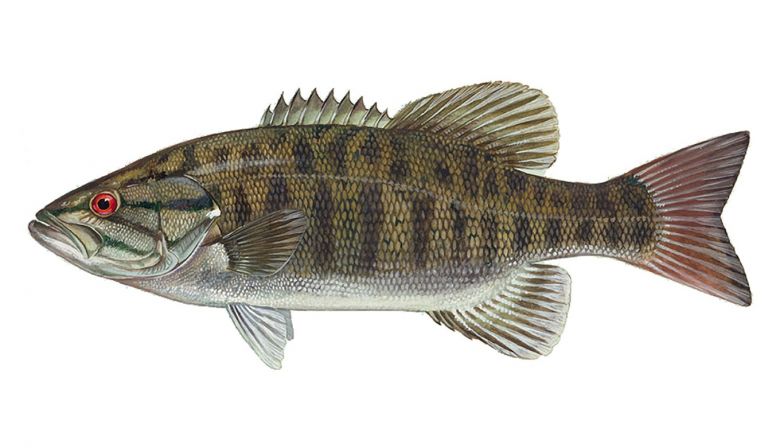A TINY SAFETY PRIMER
There is a resurgence of anglers introducing their children to Atlantic salmon rivers, and that is a wonderful thing. There is nothing like sharing times of silence, and times of excitement, with younger people who are seeing the river in an entirely new way—sometimes for the first time.
But a few safety reminders also need to be part of the mix.
- If anyone, adult or child, is wearing chest waders, always wear a belt that keeps the legs from filling fast if someone goes for a dunking. It can happen.
- If the sound of thunder is anywhere in the vicinity, get off the river. If lighting is hitting anywhere in the vicinity, crouch down, and keep those insulated boots or waders between you and the ground
- After returning to a car or a cabin, always check for ticks—not just on the feet or ankles, but the legs, the head, etc. Lyme disease is spreading into more salmon river habitat each year.
- In the heat, drink lots of water. Strangely, one can get dehydrated on a river.
- If you are exploring a new section of river, climbing around cliffsides, or whatever, make sure others know where you are going, and when you will return.
- If you are with a child, take the time to explain everything, to help them gain that knowledge of reading a river and of how to safely enjoy its magic.
- Always teach youngsters to be fully aware of their surroundings, and give them a sense of route finding as well. One never knows when this could be vitally important.
Anglers may not pay much attention to these reminders, but every so often someone has an accident, gets lost, and the points above are suddenly imporant.
Above all, help all of those taking to the river to be competent, respectful and think of the experiences as something to build on for a lifetime.
They way time on an Atlantic salmon river can help individuals throughout life is truly amazing.
NEW BRUNSWICK
Miramichi
Brock Curtis of Curtis Miramichi Outfitters in Blackville notes:
We have been in a bit of a heat wave here for the last couple of days. This is increasing the water temperatures and seems to be slowing down the hookups. That being said, we are still getting reports of the odd salmon being caught and fresh salmon moving upriver. This seems to be the norm for the past couple of weeks.
Almost on a daily basis we are hearing from anglers that they are seeing salmon moving upriver. Keep in mind I am referring to the lower section of the river below and above Blackville.
River levels are dropping but are nice for wading many of the pools here on the lower section of the Miramichi.
A cycle of weekly rainfall seems to have established and our rivers are holding quite well – but we could use a bump in the river levels. Rain is in the forecast for the next several days and by early July it should be at nice levels again, especially for canoeing. We had a heavy thundershower on Tuesday that also helped. More thundershowers are in the forecast. Temperatures are dropping tomorrow and by Friday they forecast 14 C for a high. More rain with cooler temperatures during the day and especially the evenings will create nice angling conditions later in the week.
Some of the pools have been producing significant numbers of salmon and grilse, according to some guides, more than we have seen in quite a few years. Unfortunately, due to Covid-19, we haven’t had the larger number of anglers on the river to experience this June’s fishing.
Things are shaping up quite well going into July.
Barbless hooks have been a challenge. It takes a bit of getting used too. Looking forward to July.
Dungarvon Salmon Counting Barrier has increased its numbers: 9 grilse and 24 large Atlantic salmon to June 27, compared with 7 grilse and 11 large salmon in 2020. Nice to see any bump in the number of large salmon.
Northwest Miramichi Barrier to June 27 has had 38 grilse and 41 large salmon, compared with 33 grilse and 84 large salmon to the same date in 2020.
Restigouche
Jean-Daniel Savard of the RRWMC has a few notes on the state of this great watershed:
From what I heard of the Atlantic salmon returning, two important runs passed up the Main Restigouche so far. Also, the RRWMC wardens at the Kedgwick Forks and 10-Mile Pool told me about the presence of Atlantic salmon in the pools.
Water levels are low compared to previous years, but the water temperature is relatively stable so far.
Jean-Daniel Savard also gave an overview of what projects are planned for this year:
- We are continuing 4 contracts with DRNED.
- We constructed a brand new salmon barrier on the Upsalquitch branch of the Restigouche
- We are going to work on many projects such as the Nepisiguit restoration sites. With the RRWMC’s expertise in site restoration, the Gespe’gewaq Mi’gmaq Resources Council awarded a project management contract for the restoration of several sites on the Nepisiguit
- Dept. Fisheries and Oceans Habitat Stewardship Program for Species at Risk: Our goal is to plan and develop survey and monitoring programs to develop a comprehensive soil conservation strategy that affects water quality. The characterization of stream crossings in the Five Fingers Creek watershed will also help locate obstacles to the passage of salmon
- Beaver dam breaching program and deployment of two wildlife assistants during summer of 2021.
- Installation of an anti-poaching cement block at 9-Mile pool on the Little Main Restigouche River.
- For Restigouche River forestry sediment load reduction framework, we are identifying forestry sediment source sites – survey, design and restoration planning –Restoration of sites – Monitoring and training.



